

![]()
SACRED GEOMETRY
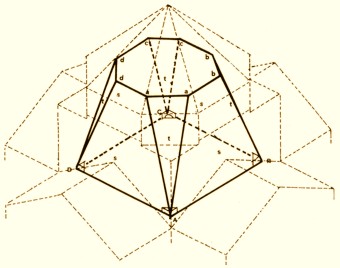
THE EQUILIBRIUM OF HARMONY AND SYMMETRY
TWO OPPOSITE YET COMPLIMENTARY POLES
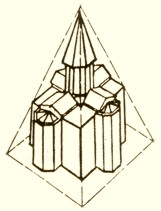
ARMENIAN CONIC DOMES ['CONES OF POWER'] ARE
SYMBOLIC OF THE MALE-FEMALE UNION
Written by Gevork
Nazaryan
Some segments of The Architecture of Armenia from the Siuni Server.
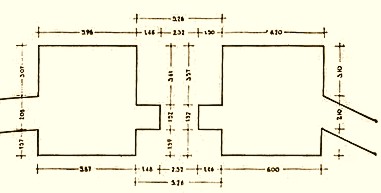
MEASUREMENTS OF THE DEFENSIVE FORTIFICATIONS
ENCIRCLING THE G A R N I T E M P L E
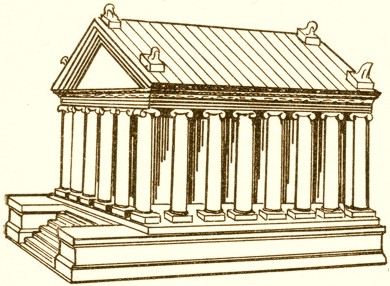
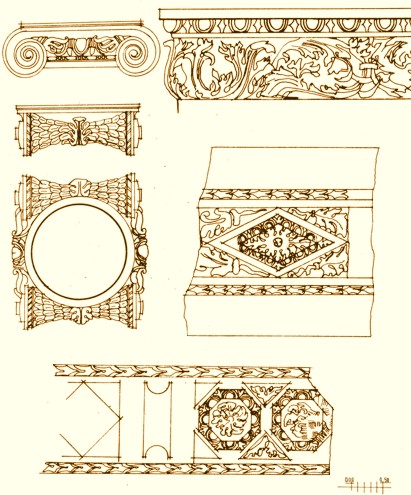
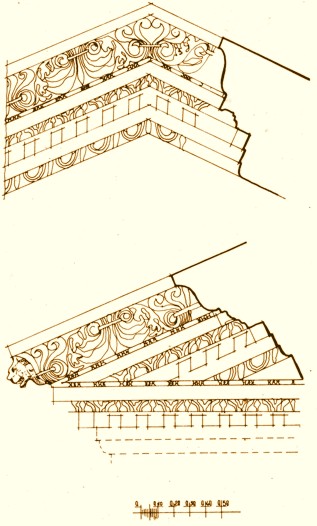
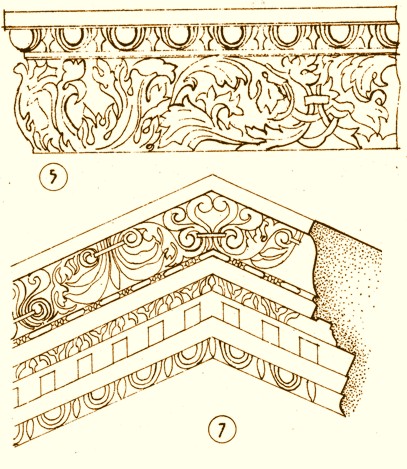
PORTIONS OF THE TEMPLE OF THE SUN GOD WITH SACRED PATTERNS.
FERTILITY SYMBOLS [INCLUDING LEAFS], THE LION [LEO] SYMBOL
OF MIHR-MITHRAS-ÆON, RAM SPIRALS [COLUMNS]
SPINNING
IN OPPOSITE DIRECTIONS ON ONE SINGLE HORIZ. STEM.
CIRCLES, TRIANGLES AND SQUARES ARRANGED IN
HARMONIOUS PERFECTION.
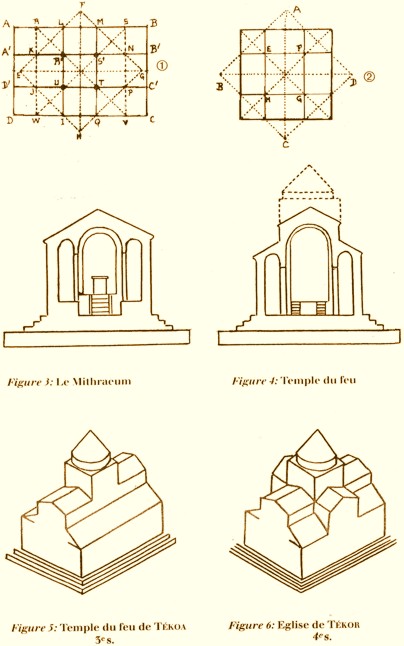
MITHRÆVM
--THE GRAND FIRE TEMPLES OF MITHRAS --
THE ARMENIC SUN GOD
WERE BUILT BY THE SAME MASTER BUILDERS ACCORDING
TO
VIRTUALLY IDENTICAL
TRADITIONAL BLUEPRINTS OF THE LATTER CHRISTIAN BASILICAS
CHURCHES AND CATHEDRALS.
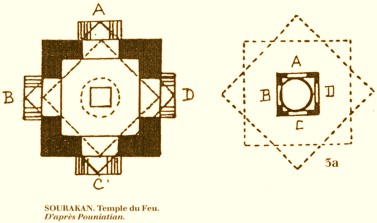
MITHRÆVM FIRE TEMPLE IN
SURAKAN IN THE FORM OF FOUR-TAUs UPON
SQUARE [WITH ANOTHER OBLONG SQUARE FORMING THE SACRED
OCTAGONAL FLOOR PLAN]. NOTE THE FOUR MARKED PERIPHERAL 'Γ
-GAMMAs'...
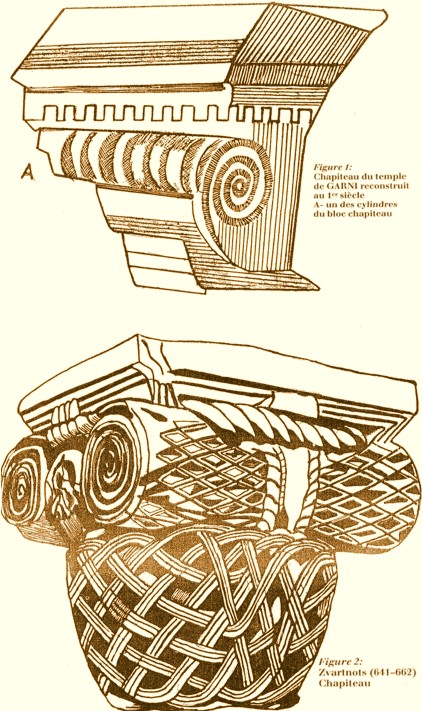
The Armenian master architects carried on and advanced the mastership of architectural construction remaining true to the universal geometric principles of form and function. Throughout centuries the great builders erected beautiful temples, fortresses and other sacred as well as secular buildings, continuing the sacred thread of earlier heritage of the great ancestor builders of Mitanni, Ararat and prior to that era. During this period, the ancient cities (Ani-Kamakh, Van, Armavir) were rebuilt, new cities, fortresses and castles were constructed (Arshamashat, Arkadiakert, Yervandashat, Yervandakert, etc.).
H A R M O N I O U S T R A C E
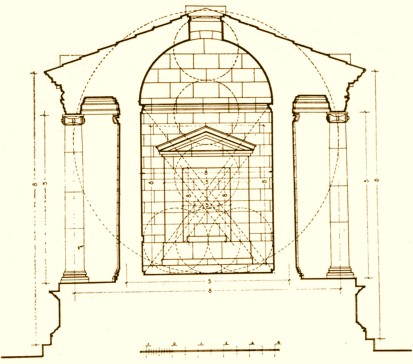
THE TRADITIONAL M I T H R Æ V M OF THE ARMENIAN MASTER BUILDERS
WITH
SIX COLUMNS AT THE PORTICO/ BACKSIDE AND EIGHT ADJOINING SIDE COLUMNS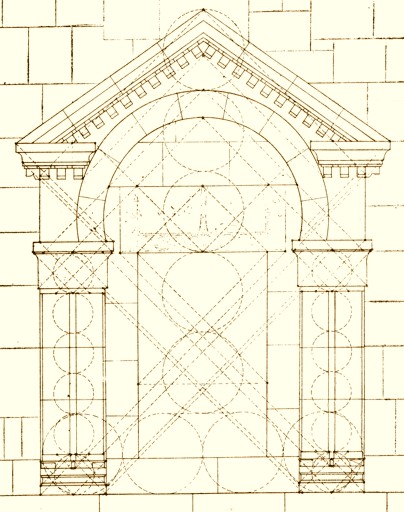
WESTERN PORTAL OF THE KASAŁ
BASILICA
From the Second to First centuries BC, during the period when Armenia, under the leadership of the Artaxiad Dynasty, became once again a powerful Kingdom, the cites of Artashat (166 BC) [the strategic location of Artashat or Artaxata on the shores of Yeraskh (Arax) river, was according to the traditional Classical account was said to be selected by no other than Hannibal, the great Carthaginian Commander and Strategist] and the marvelous and colossal royal city of Tigranakert (Tigranocerta) was the center of the newly created Armenian Empire and the capital of the King of Kings, Tigran the Great [a devotee High Priest of the National Wisdom Temples of Mithras].
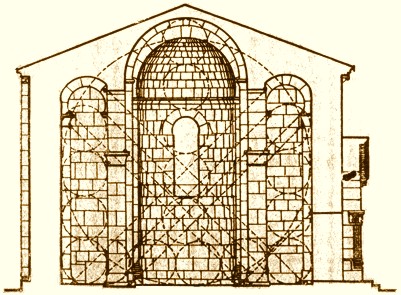
STRUCTURAL ORDER OF THE KASAŁ
BASILICA. FOURTH CENTURY.
BUILT BY ARMENIAN MASTER BUILDERS ON MITHRAIC PATTERN
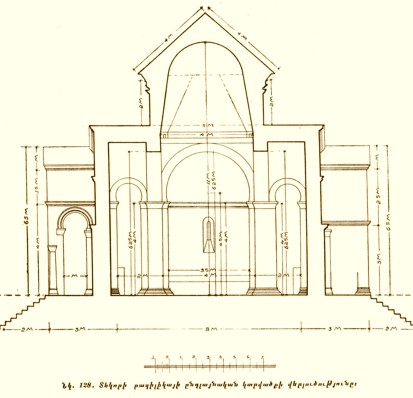
TEKOR BASILICA
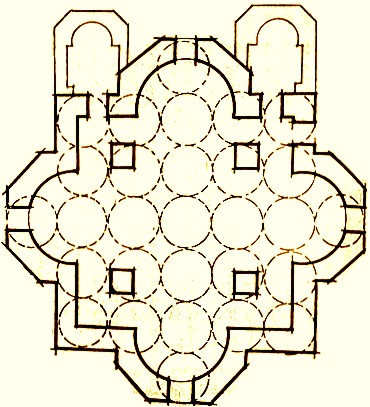
THE B A G - A R A N [LIT. ABODE OF GOD] TEMPLE. FIFTH
CENTURY.
CIRCLES W I T H I N CIRCLES. SACRED O C T A V E FORMULA
[4+4=8=I N F I N I T I -- HORIZ. AND VERT. ALIGNMENT]
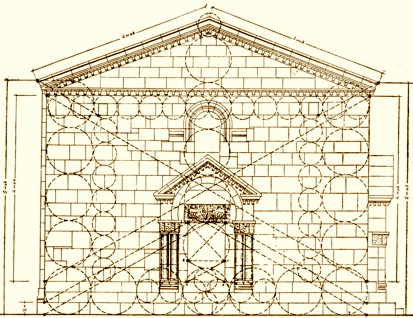
W E S T E R N
F A Ç A D E
O F T H E K A
S A Ł B
A S I L I C A
The New Empire's Capital was one of the biggest and best classical cities of its time -- with beautiful palaces, theaters, entertainment arenas and buzzing market places. Built at the Zenith of Tigran's power (in 70s BC), when a vast Empire was forged from the mountains of Caucasus-Europe through the flatlands of Asia-Near East to the scorching deserts of Sinai-Africa.
S O L A R I S
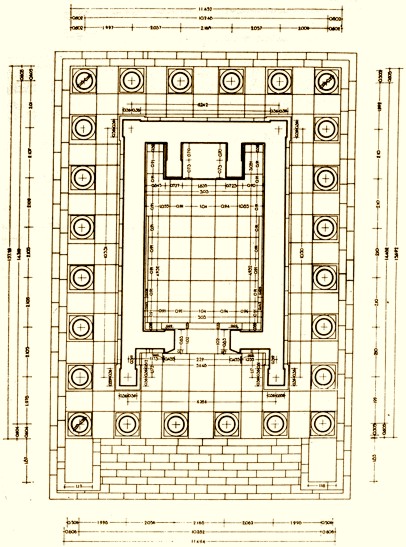
T H E M A T R I X O F G A R N I
M I T H R Æ V M
Ancient historians attest to size, grandeur and beauty of these Hellenistic-Classical cities, dotted with massive construction, temples, palaces and theaters (of which Tigran the Great was a great admirer -- his son and successor -- Artavazd II, wrote plays -- tragedies and dramas that were staged in the theatres of Tigranakert and Artashat -- Artavazd II was educated by some of the best Classical minds of the period -- this great Philosopher-King wrote a number of scholarly philosophic and historic works -- including what was said to be his magnum opus -- The History of Armenia -- chronicling the history -- the triumphs and the tragedies of his nation and people up to his own time which unfortunately has not been preserved ).
HERMETIC PERFECTION
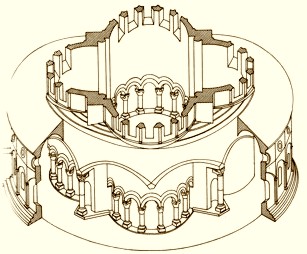
During this period Armenia had become one of the greatest centers of Classical culture (blending Eastern wisdom tradition with Western culture) in the Near East. Unfortunately time was the greatest enemy of the impressive grandeur monumental monuments. More than two thousand years of man made and natural calamities have virtually completely obliterated the architectural richness of pre-Christian Armenia.
